Flat feet, a condition medically known as pes planus, affects many individuals across the United States, leading to discomfort and potential pain in the feet, ankles, and knees. Finding the right supportive shoes can significantly improve foot health and overall well-being. This comprehensive guide will explore the best supportive shoes for flat feet, discuss the technology behind these shoes, and provide tips for choosing the perfect pair.
Understanding Flat Feet
Flat feet occur when the arches of the foot collapse, causing the entire foot to make contact with the ground. This condition can be a result of various factors, including genetics, injury, and aging. For many, flat feet can lead to discomfort and complications such as plantar fasciitis, tendonitis, and even knee pain.
Symptoms of Flat Feet
- Foot pain, particularly in the arch and heel area
- Swelling along the inner ankle
- Increased fatigue in the legs
- Foot stiffness
- Changes in the alignment of the knees and hips
The Importance of Supportive Shoes
Supportive shoes are essential for flat feet as they provide the necessary arch support, cushioning, and stability. Wearing inappropriate footwear can exacerbate discomfort and lead to serious foot conditions.
Features to Look for in Supportive Shoes
- Arch Support: Shoes with built-in arch support help stabilize flat feet.
- Cushioning: Ample cushioning can absorb shock and reduce impact during activities.
- Heel Support: A supportive heel counter can prevent excessive motion of the heel.
- Wide Toe Box: Enough room in the toe area reduces pressure on the feet.
- Durable Materials: High-quality materials enhance comfort and longevity.

Top Supportive Shoes for Flat Feet
Here’s a selection of some of the best supportive shoes for flat feet currently available in the USA.
| Brand | Model | Key Features | Price Range |
|---|---|---|---|
| Asics | Gel-Kayano | Dynamic DuoMax Support System, FlyteFoam Technology | $160 – $220 |
| Nike | Air Zoom Structure | Zoom Air Units, Stability Fit | $120 – $150 |
| Brooks | Adrenaline GTS | BioMoGo DNA, Progressive Diagonal Rollbar | $140 – $160 |
| New Balance | 860v11 | Fresh Foam Cushioning, Medial Support | $130 – $150 |
| Saucony | Guide 14 | PWRRUN Cushioning, FORMFIT Technology | $130 – $150 |
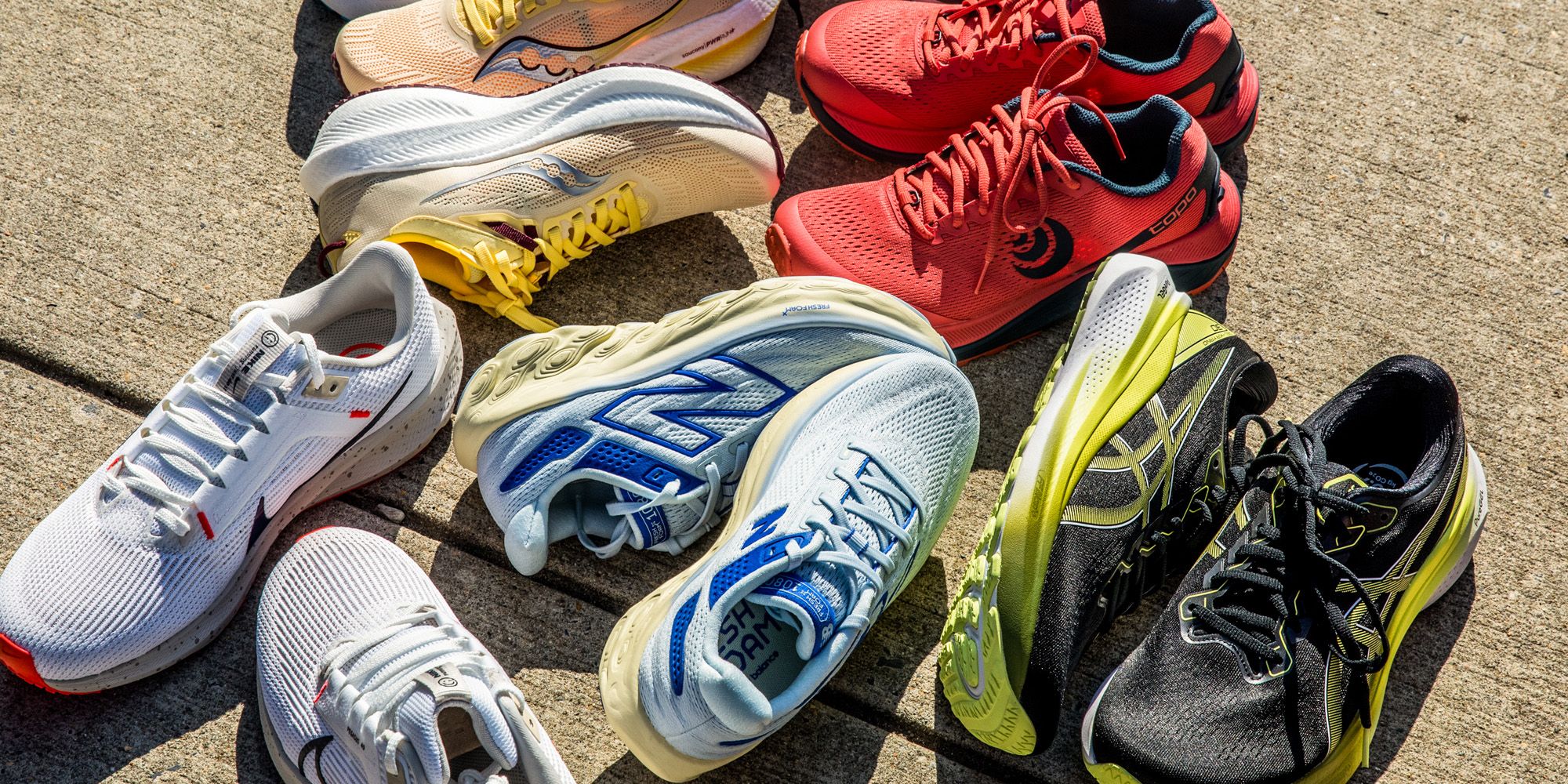
✅ Pros and Cons of Popular Supportive Shoe Brands
Asics Gel-Kayano
- Pros: Excellent cushioning, responsive support.
- Cons: May run narrow for some users.
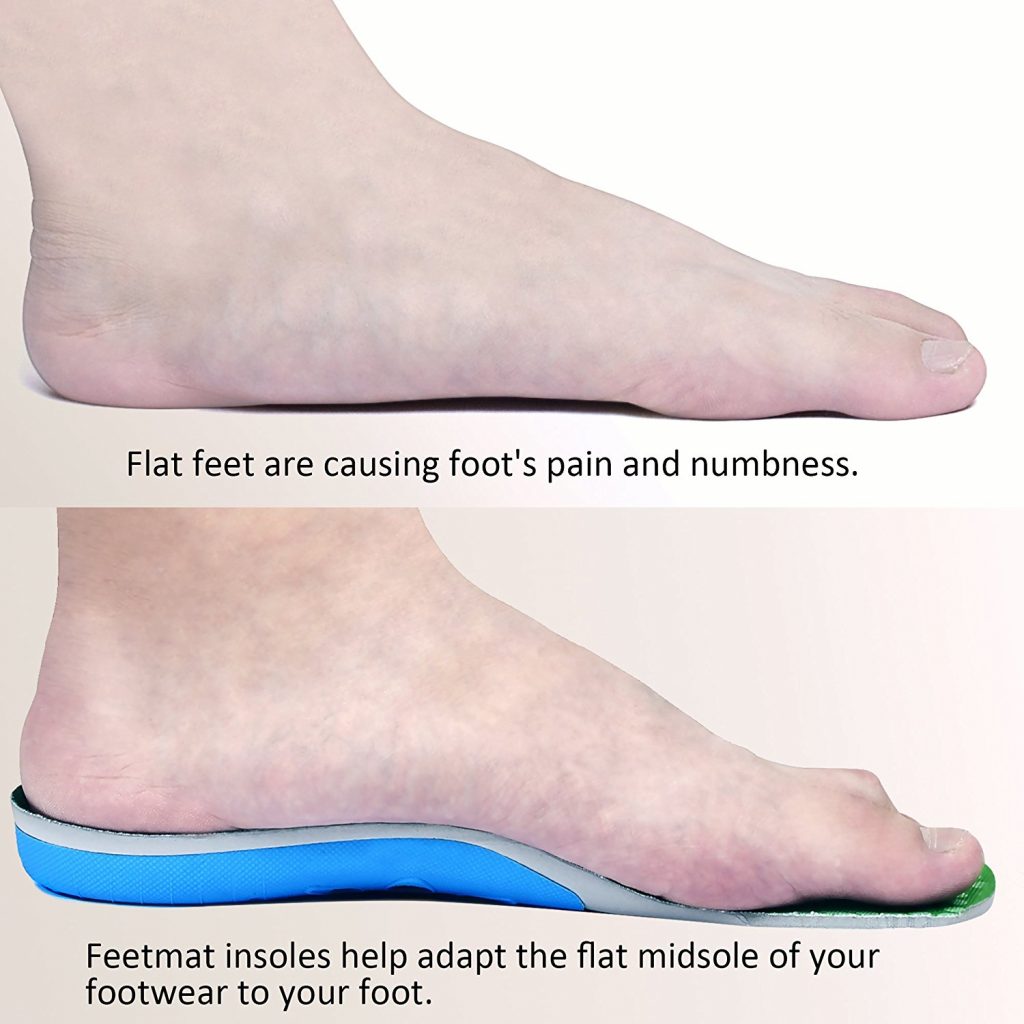
Nike Air Zoom Structure
- Pros: Lightweight, stylish design.
- Cons: Some users find it less durable.
Brooks Adrenaline GTS
- Pros: Great for long-distance running.
- Cons: Heavier than some competitors.
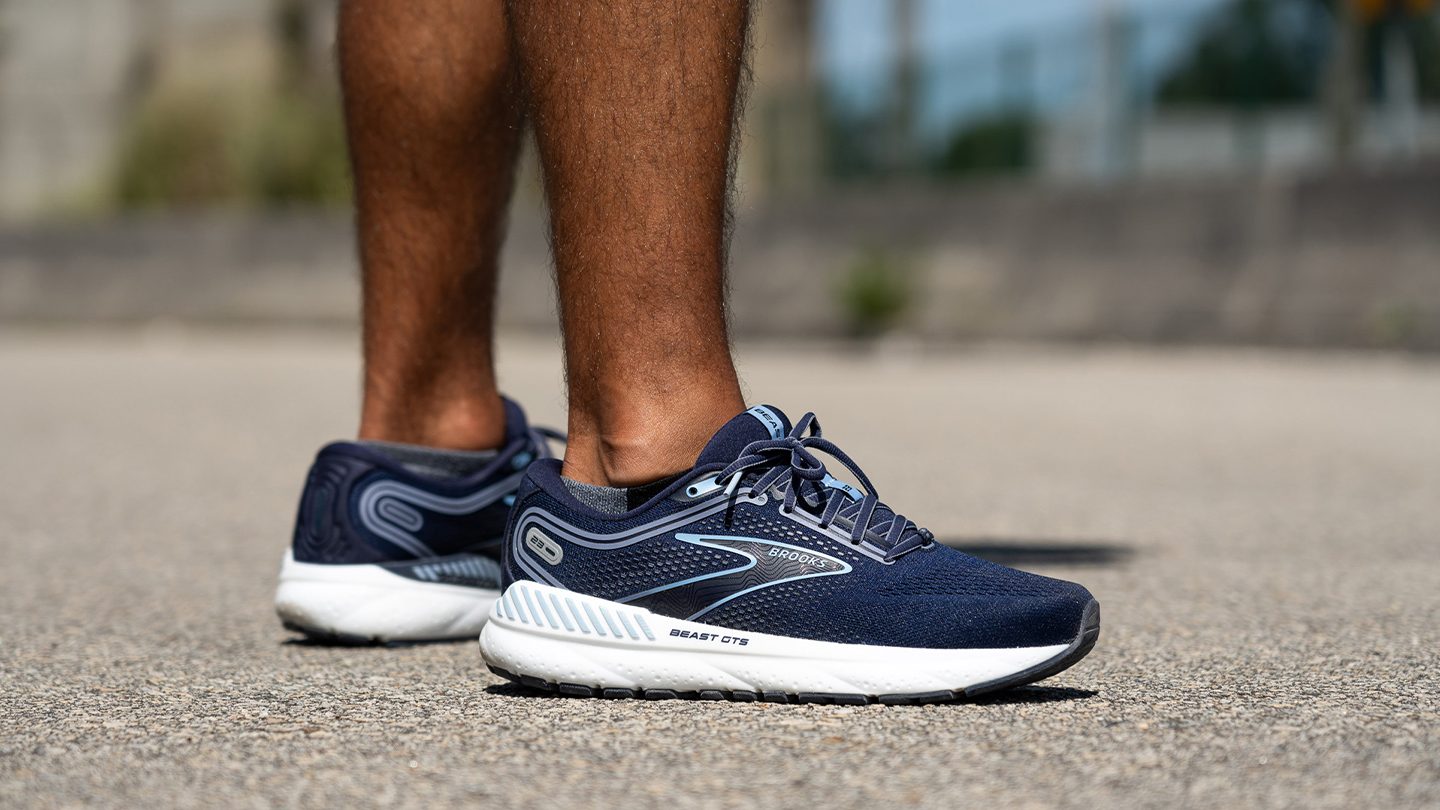
New Balance 860v11
- Pros: Good arch support, multiple width options.
- Cons: Limited color choices.
Saucony Guide 14
- Pros: Breathable material, excellent stability.
- Cons: Break-in period may be required.

Choosing the Right Supportive Shoes
When selecting the right supportive shoes for flat feet, consider the following tips:
1. Understand Your Foot Type
Determine if your feet are overpronated, neutral, or under-pronated. This will guide your choice of shoes.
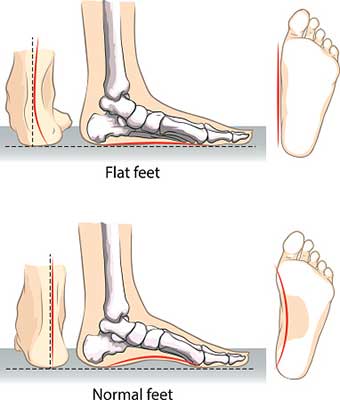
2. Go for a Fitting
Visit a local shoe store that specializes in running or athletic shoes. Getting professionally fitted can make a significant difference.
3. Test Them Out
Always walk around in the shoes to ensure comfort and support. Pay attention to any pinch points or areas of discomfort.
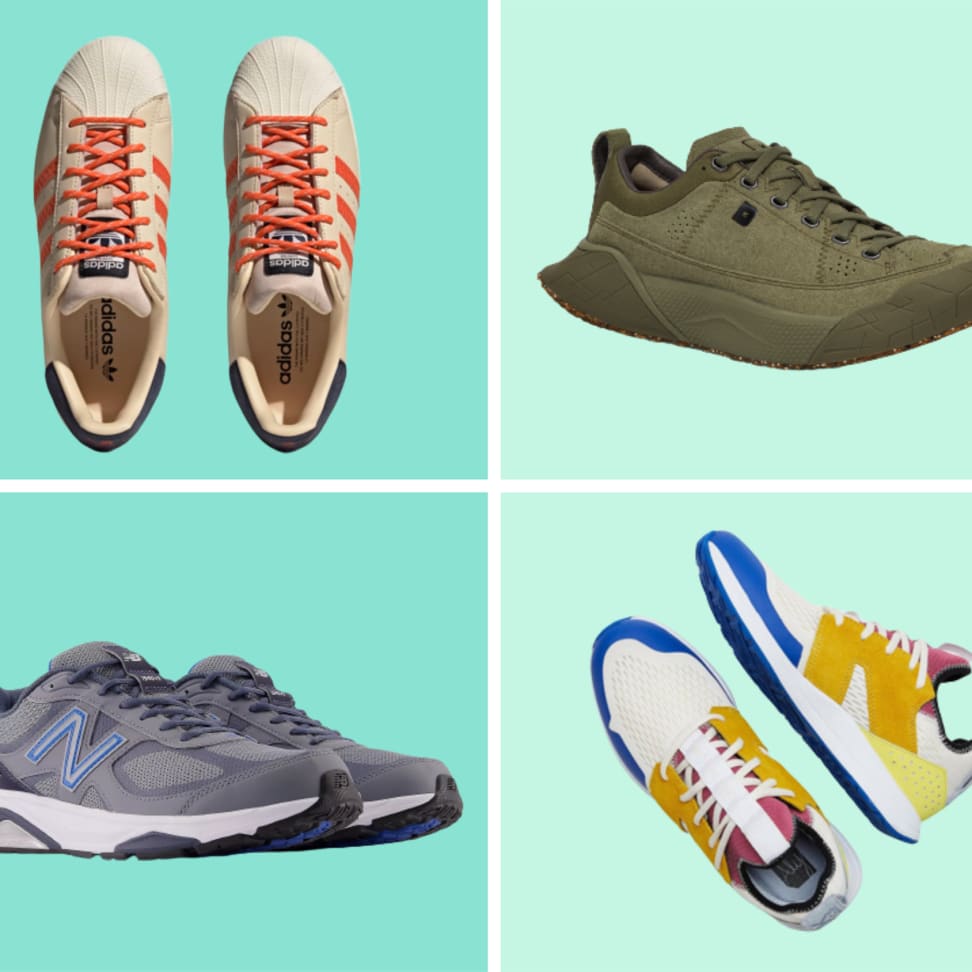
4. Consider Custom Orthotics
If necessary, consider investing in custom orthotics for added support, especially if general supportive shoes don’t provide enough relief.
Technologies Behind Supportive Shoes
Understanding the technologies in supportive shoes can help consumers make informed decisions. Here are some key features and technologies:
1. EVA Foam
EVA (ethylene-vinyl acetate) foam is a common material used for cushioning and shock absorption in supportive shoes.
2. Arch Support Technology
Many shoes incorporate various arch support technologies, such as the Dynamic DuoMax in Asics or the BioMoGo DNA in Brooks, designed specifically for flat feet.
3. Motion Control
Motion control shoes are designed to reduce excessive foot movement, providing additional stability for overpronators.
Popular Brands Offering Supportive Shoes
Numerous brands cater to individuals with flat feet, focusing on providing supportive and comfortable footwear. Here are some prominent names:
- Asics: Renowned for its gel cushioning technology.
- Nike: Offers a variety of athletic shoes combining style and support.
- Brooks: Specializes in running shoes with excellent arch support.
- New Balance: Known for their custom fit options and wide sizes.
- Saucony: Popular for their cushioned running shoes and stability features.
Alternatives to Supportive Shoes
If traditional supportive shoes aren’t your style, consider these alternatives:
1. Sandals with Arch Support
Brands like Teva and Orthaheel offer sandals designed to support flat feet while remaining stylish.
2. Orthotic Inserts
Custom or over-the-counter orthotics can be placed in regular shoes to provide essential arch support.
3. Specialized Footwear Brands
Brands like Hoka One One focus on maximal cushioning and support, which can benefit flat-footed individuals.
FAQs About Supportive Shoes for Flat Feet
1. What are the best types of shoes for flat feet?
The best types of shoes for flat feet include those with excellent arch support, cushioning, and motion control features. Brands like Asics, Brooks, and New Balance are widely recommended.
2. Can I wear fashionable shoes if I have flat feet?
Yes! Many brands now offer stylish options that also provide the support needed for flat feet. Look for shoes labeled as supportive or those that can accommodate orthotic inserts.
3. How often should I replace my supportive shoes?
It’s generally advised to replace supportive shoes every 300 to 500 miles or every 6 to 12 months, depending on your level of activity and wear.
4. Do custom orthotics really help with flat feet?
Yes, custom orthotics can offer personalized support and alleviate discomfort associated with flat feet. Consult with a medical professional to determine if they are right for you.
Conclusion
Finding the right supportive shoes for flat feet is essential for maintaining foot health and overall comfort. With numerous options available, from specialized running shoes to sandals, individuals with flat feet can find footwear that meets both their functional and aesthetic needs. Remember to prioritize features like arch support, cushioning, and fit when selecting your shoes, and don’t hesitate to consult with professionals for additional guidance.
Further Reading
For additional information on flat feet and supportive footwear, check out these resources: